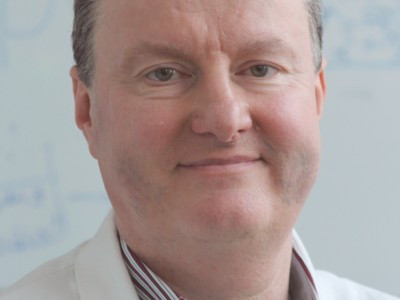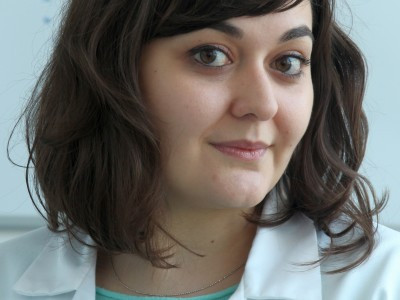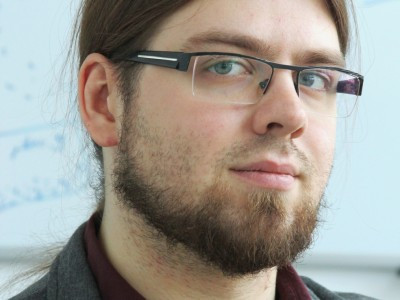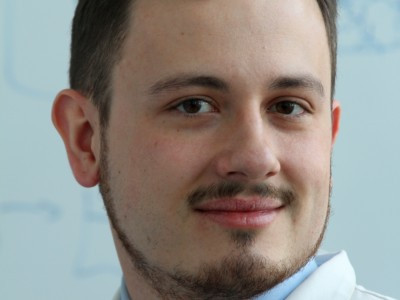PROJECT
Surgical excision of maxillofacial (jaw) tumours generally leads for annually ~5500 patients in EU28 to scarred, mangled facial appearance and the loss of mastication and speaking functions. Current gold standard for reconstruction of the large bone defects is transplantation of autologous vascularised bone, being still strongly constrictive by limited transplantable bone, low surgical accuracy and risk of tissue necrosis in subsequent high-dose anti-cancer chemo-/radiotherapy. Consequently, our focus is an alternative treatment, separating immediate reconstruction after tumour resection for such high-dose anti-cancer therapy and final reconstruction by patient-specific manufactured maxillofacial implants (R&D target of this project). Implants will be manufactured using 3D printing. Planned unique implant features a durable metal core with tooth crowns, jaw-joint fixation and an anti-bacterial coated biodegradable polymer shell, being replaced by new bone due to local drug-delivery within ~12 months. Austrian-Polish consortium is involved in this project. Our research team works on bioactive outer layer development. This layer would be formed of biocompatible hydrogel that would be loaded with microcapsules releasing bone growth factors.
Surgical excision of maxillofacial (jaw) tumours generally leads for annually ~5500 patients in EU28 to scarred, mangled facial appearance and the loss of mastication and speaking functions. Current gold standard for reconstruction of the large bone defects is transplantation of autologous vascularised bone, being still strongly constrictive by limited transplantable bone, low surgical accuracy and risk of tissue necrosis in subsequent high-dose anti-cancer chemo-/radiotherapy. Consequently, our focus is an alternative treatment, separating immediate reconstruction after tumour resection for such high-dose anti-cancer therapy and final reconstruction by patient-specific manufactured maxillofacial implants (R&D target of this project). Implants will be manufactured using 3D printing. Planned unique implant features a durable metal core with tooth crowns, jaw-joint fixation and an anti-bacterial coated biodegradable polymer shell, being replaced by new bone due to local drug-delivery within ~12 months.
Austrian-Polish consortium is involved in this project. Our research team works on bioactive outer layer development. This layer would be formed of biocompatible hydrogel that would be loaded with microcapsules releasing bone growth factors.
Project scientific goals to achieve by Laboratory of Biomedical Engineering:
- development of the method of hydrogel matrix with microcapsules obtaining that would enable bone growth factors release within 8 weeks,
- development of biocompatible coating for the polymer parts,
- characteristics of obtained materials: chemical composition, porosity, shape and distribution of pores, swelling,
- characteristics of microcapsules in hydrogel biodegradation,
- characteristics of drugs release from microcapsules in hydrogel matrix,
- characteristics of biocompatibility (in vitro according to ISO 10993),
- charakterystyka biozgodności (in vitro wg ISO 10993).
Publications:
- Piotr Kowalczyk, Paulina Trzaskowska, Ilona Łojszczyk, Rafał Podgórski, Tomasz Ciach: Production of 3D printed polylactide scaffolds with surface grafted hydrogel coatings, Colloids and Surfaces B: Biointerfaces, 179 (2019), 136-142
- Roman Major, Piotr Kowalczyk, Marcin Surmiak, Ilona Łojszczyk, Rafał Podgórski, Paulina Trzaskowska, Tomasz Ciach, i in: Patient specific implants for jawbone reconstruction after tumor resection, Colloids and Surfaces B: Biointerfaces, 193 (2020), 111056




